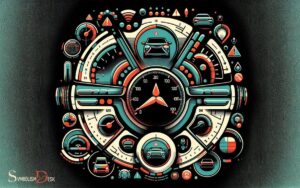Sports Car Symbols and Names: Luxury!
Sports car symbols and names are as distinct as the vehicles themselves, each representing a storied legacy of performance, luxury, and design.
Notable examples include Ferrari’s prancing horse, Porsche’s shield containing a horse and antlers, and Lamborghini’s raging bull.
These emblems are not mere logos but symbols of heritage and prestige, each reflecting the brand’s essence and core values.
Sports car emblems serve as powerful branding tools that encapsulate the identity of the carmaker.
They often have historical roots or are inspired by the founder’s vision:
Each emblem is a testament to the brand’s engineering prowess and commitment to automotive excellence.
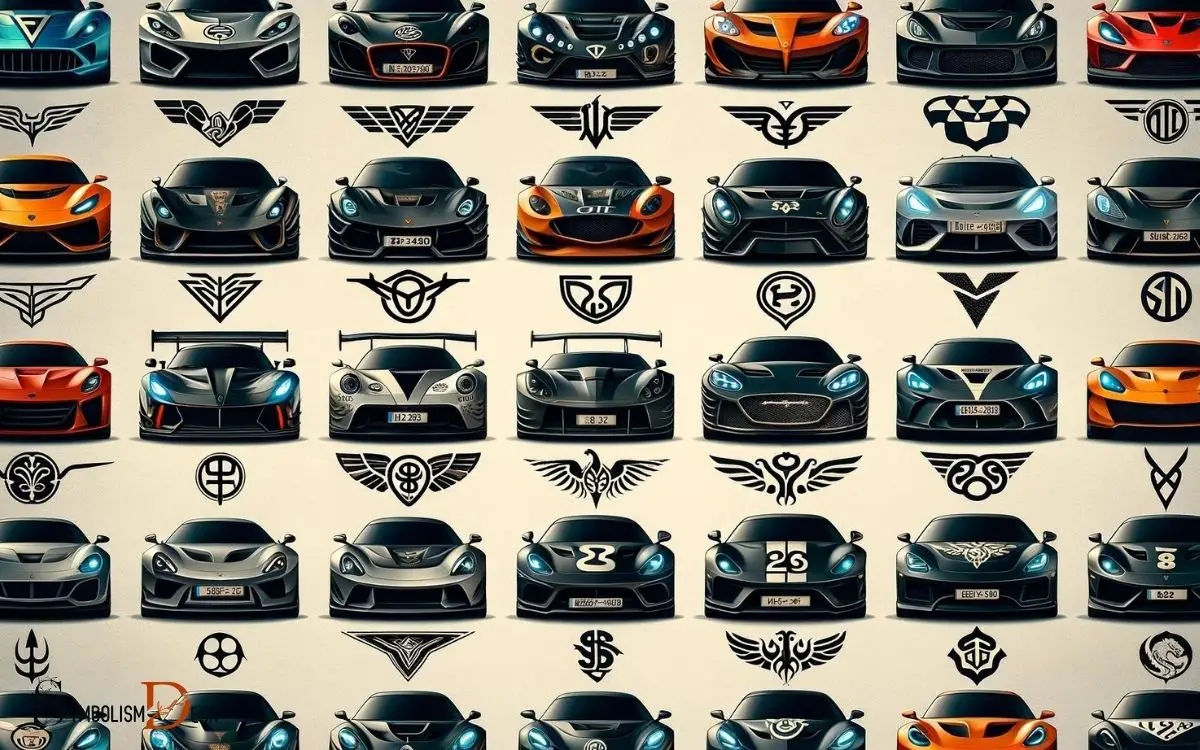
Key Takeaway
Origins of Sports Car Symbols
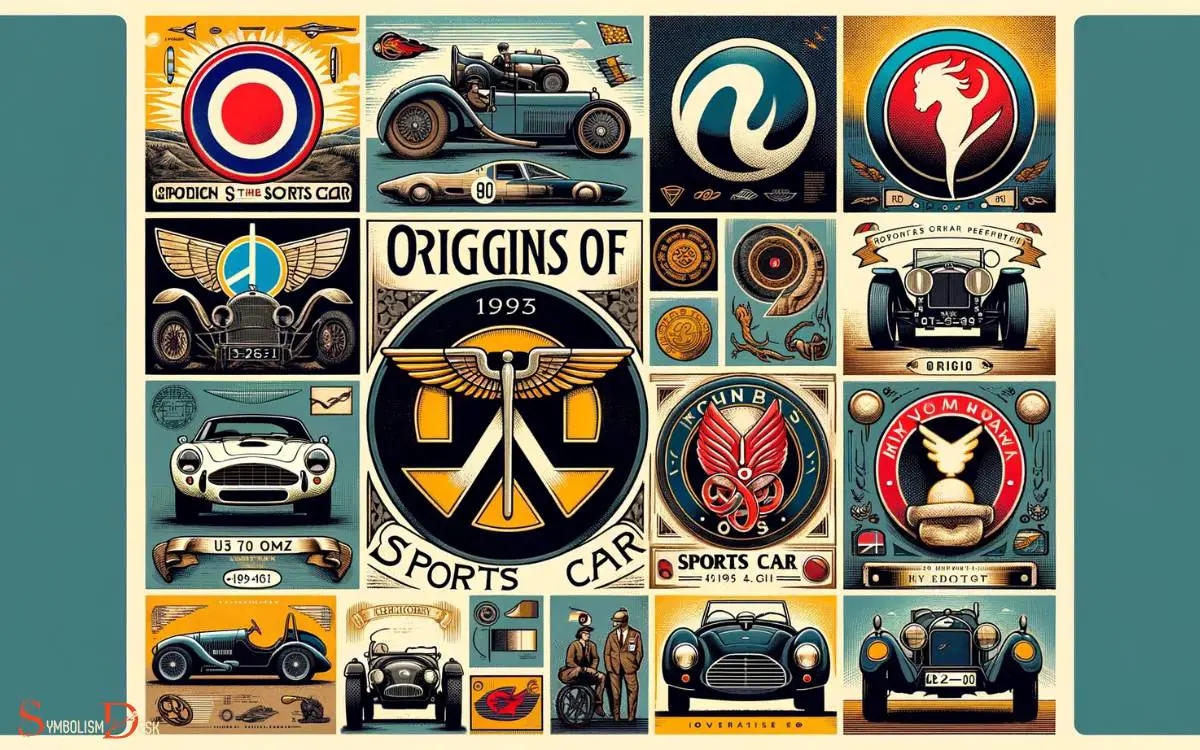
The origins of sports car symbols can be traced back to the early 20th century, when automakers began incorporating distinctive logos to represent their brands.
These symbols were more than just a visual representation; they encapsulated the essence and identity of the car manufacturer. These symbols were more than just a visual representation; they encapsulated the essence and identity of the car manufacturer. Each design element, from the sleek curves to the bold typography, was carefully crafted to convey values like innovation, reliability, and luxury. The symbols and meanings of car logos often extend beyond aesthetics, serving as a bridge between the brand’s heritage and its vision for the future, resonating with both loyal customers and new audiences alike.
For instance, the prancing horse of Ferrari, originating from an Italian fighter pilot’s heroic actions during World War I, symbolizes speed, power, and success.
The iconic Porsche emblem, derived from the coat of arms of the Free People’s State of Württemberg, exudes a sense of tradition, prestige, and excellence. Each emblem tells a story, often deeply rooted in the history and culture of the company’s origin.
These symbols have become synonymous with the cars they represent, embodying the spirit and legacy of the sports car industry.
Evolution of Sports Car Names
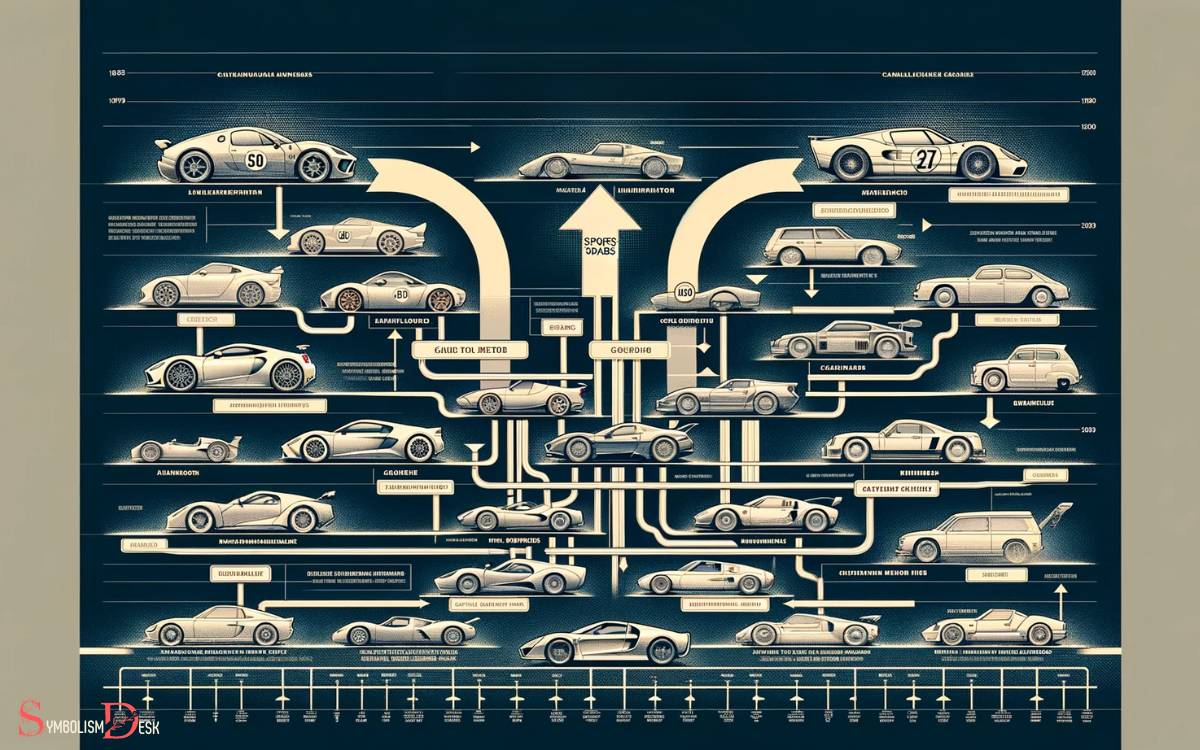
During the early 20th century, automakers started incorporating distinctive names for their sports cars, reflecting the evolving trends and aspirations of the industry.
The evolution of sports car names has been an intriguing process, influenced by various factors such as technological advancements, cultural shifts, and market demands.
Some of the notable changes in sports car names include:
- Adoption of alphanumeric combinations to signify engine displacement and performance.
- Introduction of evocative and powerful names to appeal to consumers’ emotions.
- Embracing heritage and historical references to establish a sense of legacy and prestige.
- Utilization of foreign language words to convey sophistication and global appeal.
- Incorporation of futuristic and innovative terms to align with advancements in automotive technology.
These changes reflect the dynamic nature of the sports car industry and its continuous quest for resonance with consumers.
This evolution also highlights the impact of cultural influences on car logos, which will be explored next.
Cultural Influences on Car Logos
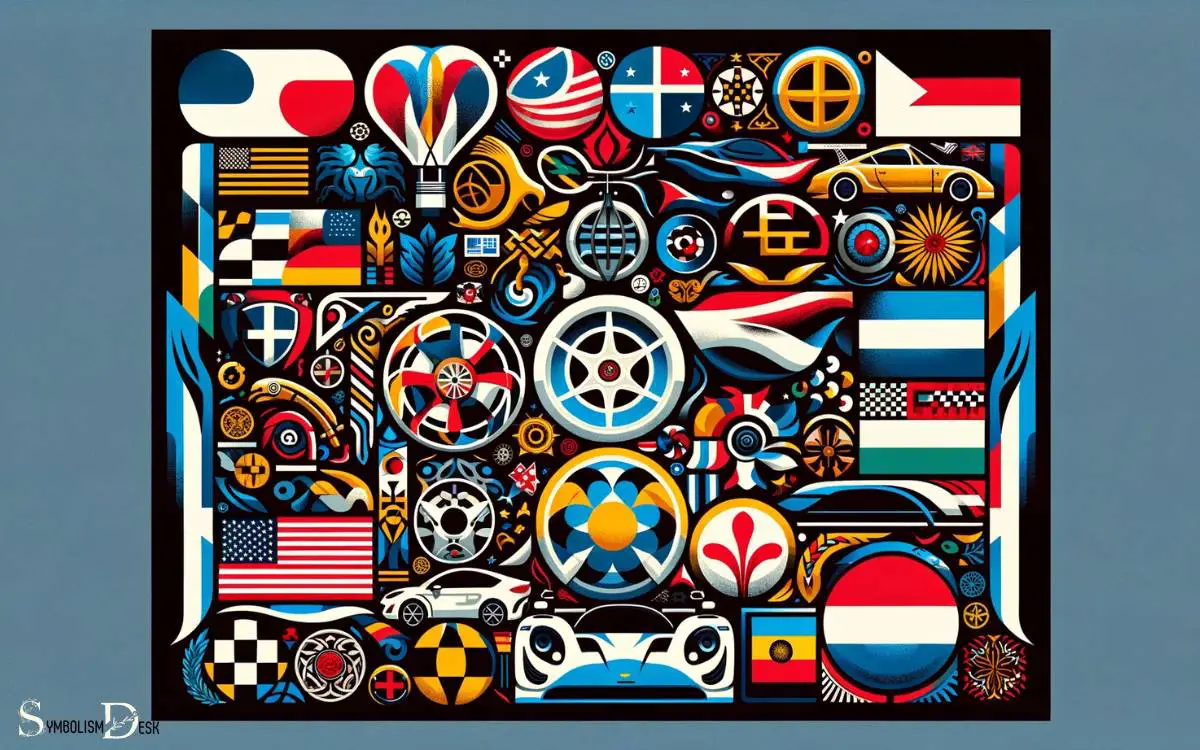
An examination of cultural influences on car logos reveals the intricate interplay between societal values and automotive branding.
Car logos often incorporate cultural symbols, colors, and design elements that resonate with specific target markets.
For example, the use of red in Ferrari’s logo symbolizes passion and energy, reflecting the brand’s Italian heritage and the country’s association with speed and luxury.
Similarly, the rampant lion in the Peugeot logo is a nod to the brand’s French origins, evoking qualities such as strength and nobility.
Cultural influences also extend to the naming of car models, with some names drawing inspiration from local landmarks, historical references, or even mythology.
Understanding these cultural nuances allows automotive companies to effectively communicate their brand identity and connect with consumers on a deeper level.
Symbolism in Sports Car Design
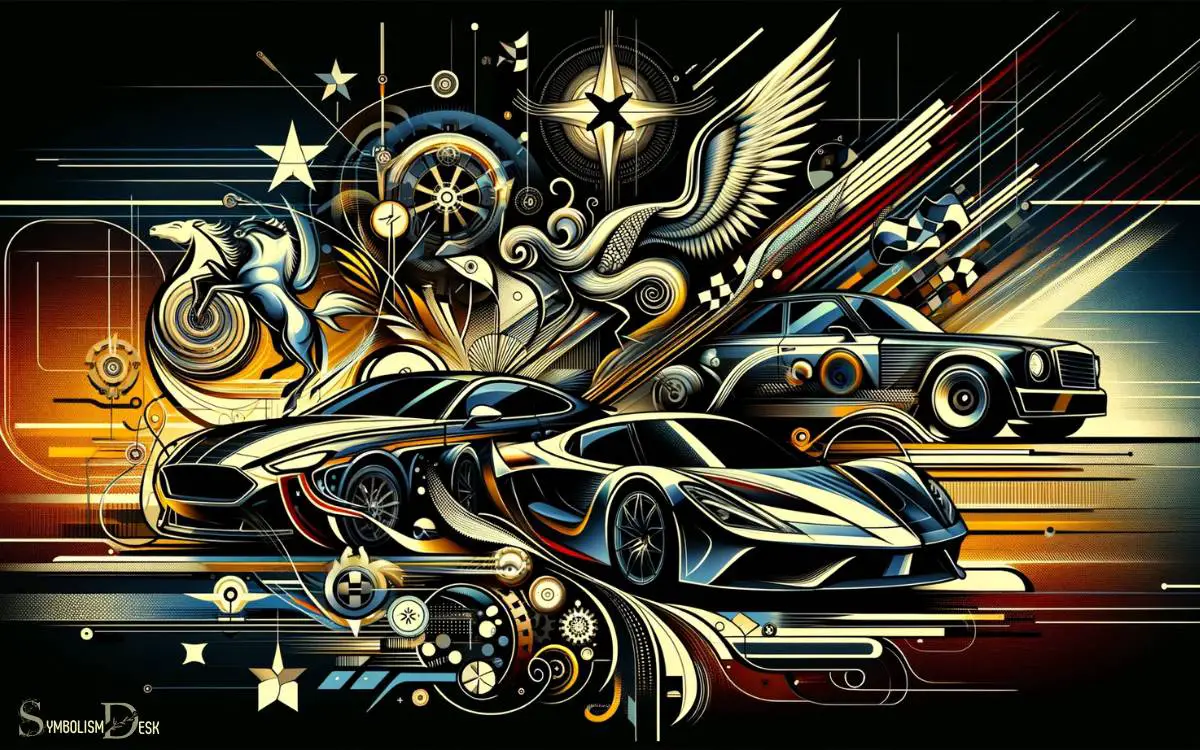
Expanding on the examination of cultural influences on car logos, sports car design incorporates symbolism to evoke speed, power, and prestige, appealing to enthusiasts worldwide.
Symbolism in sports car design includes:
- Animal motifs: Many sports car logos feature animals like horses, bulls, or big cats to symbolize agility, strength, and speed.
- Wings and arrows: These symbols represent swiftness and precision, often seen in sports car branding to convey speed and accuracy.
- Coat of arms: Some sports car logos incorporate a coat of arms, signifying nobility, heritage, and excellence in craftsmanship.
- Mythological references: Symbols from mythology, such as the Greek god Hermes’ winged sandals, are used to embody speed and agility.
- Geometric shapes: Triangles, chevrons, and other sharp angles are common in sports car logos, representing dynamism and forward movement.
These symbols are carefully crafted to create a compelling narrative of power and performance.
Marketing Power of Car Branding
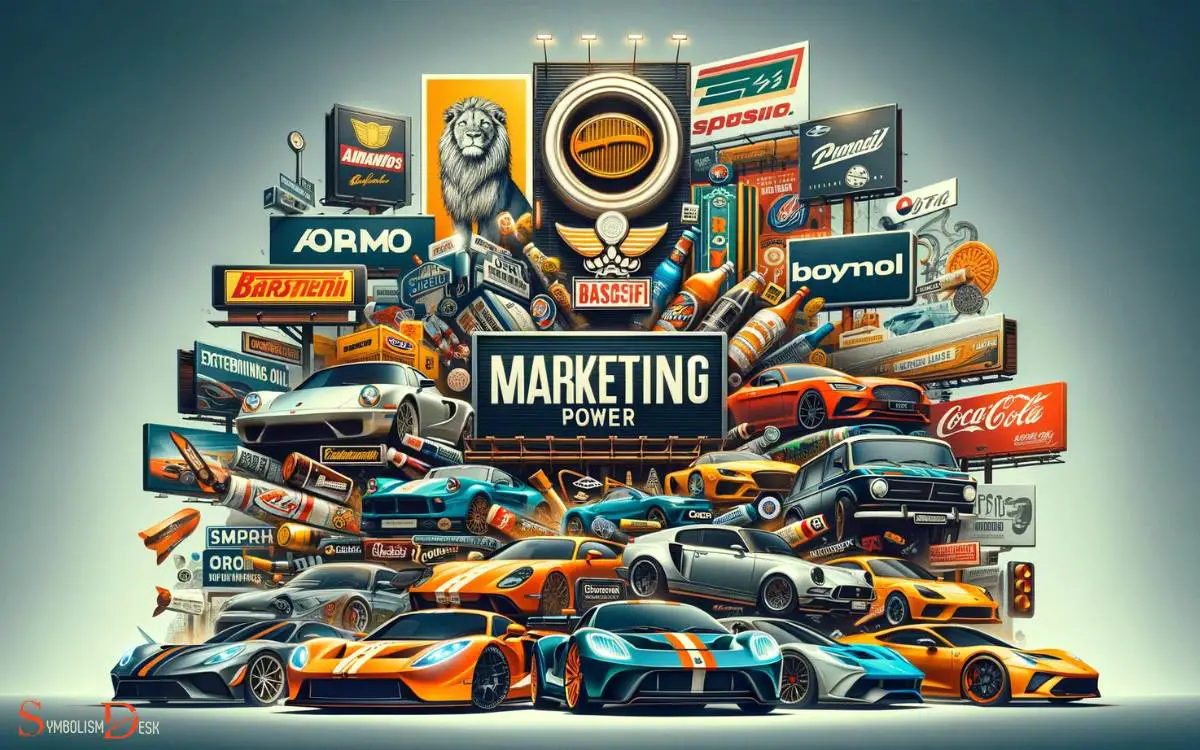
Exploring the marketing power of car branding involves understanding the strategic utilization of symbols and names to influence consumer preferences and perceptions.
Car manufacturers invest significant resources in creating and promoting their brand identity, leveraging it to convey specific values and associations.
Below is a table depicting some well-known sports car brands and their associated symbols and names.
| Brand | Symbol |
|---|---|
| Ferrari | Prancing Horse |
| Lamborghini | Raging Bull |
| Porsche | Stuttgart Crest |
| Aston Martin | Wings Emblem |
| McLaren | Speedy Kiwi Emblem |
These symbols and names are meticulously designed to evoke emotions and aspirations, ultimately influencing consumer behavior and brand loyalty in the fiercely competitive sports car market.
Conclusion
The world of sports car symbols and names is a rich tapestry of history, culture, and marketing prowess.
From the iconic logos that represent speed and power to the carefully crafted names that evoke a sense of luxury and performance, these elements play a crucial role in shaping the identity of each car brand.
Like a finely-tuned engine, the symbolism and branding of sports cars rev up the excitement and passion of enthusiasts around the world.


